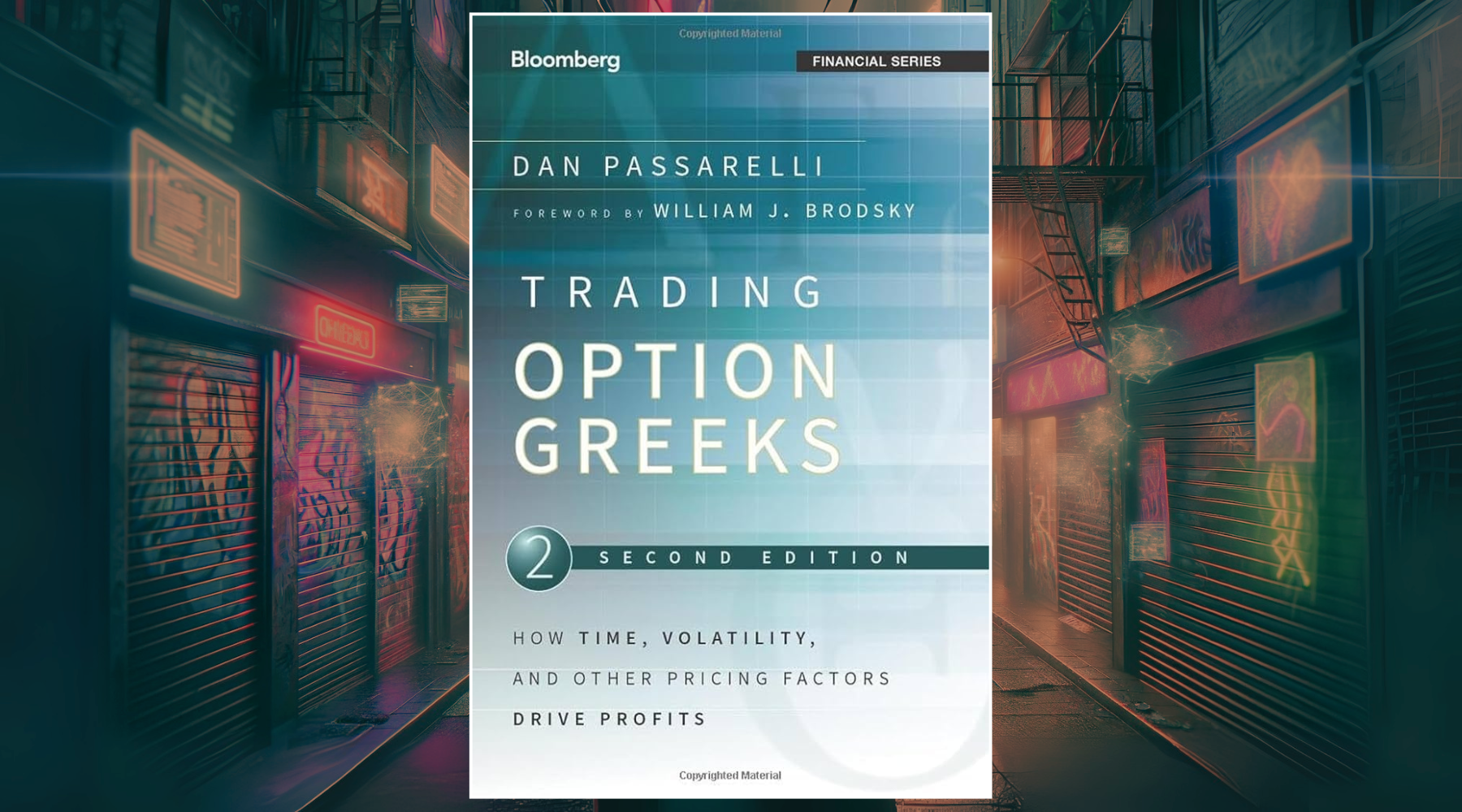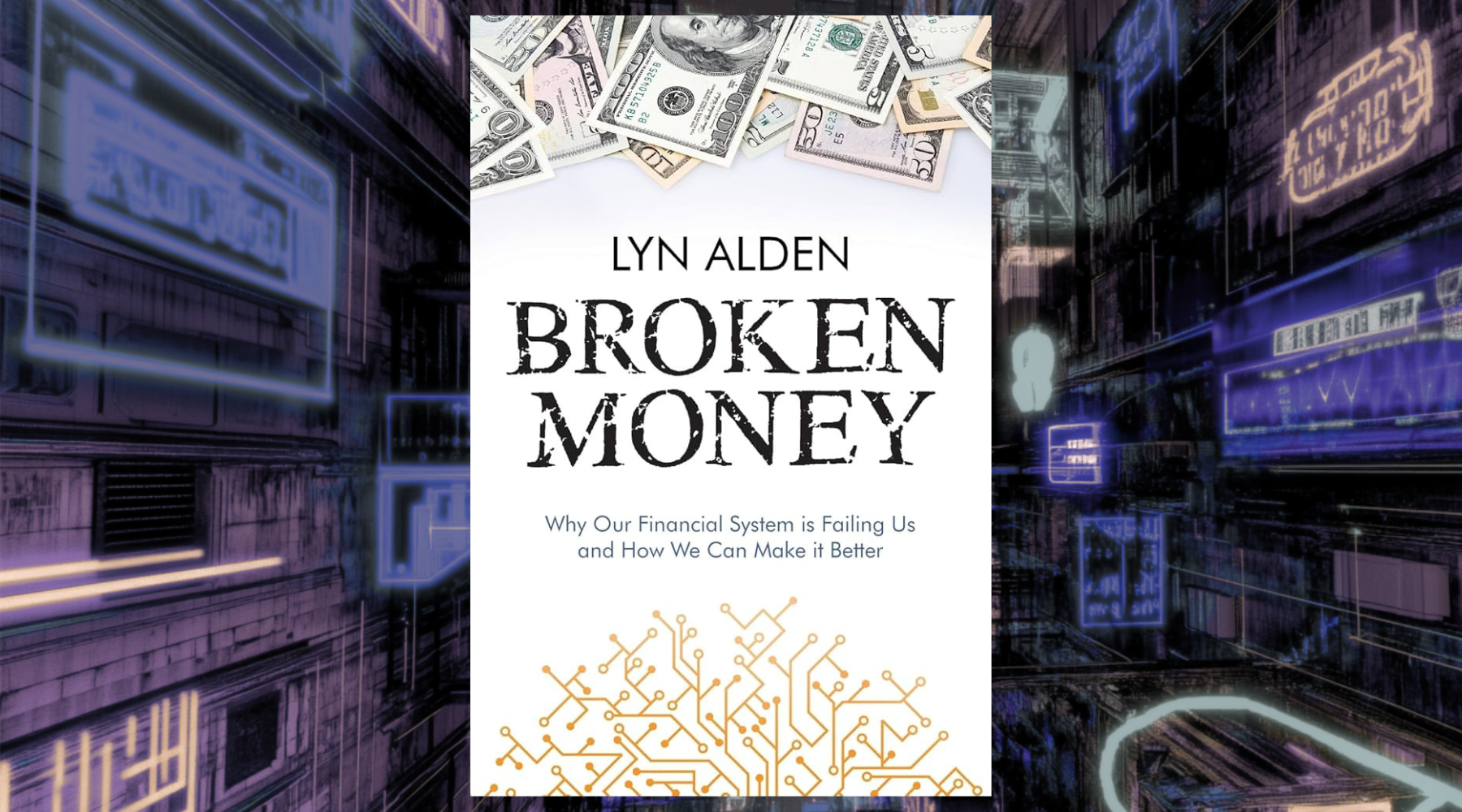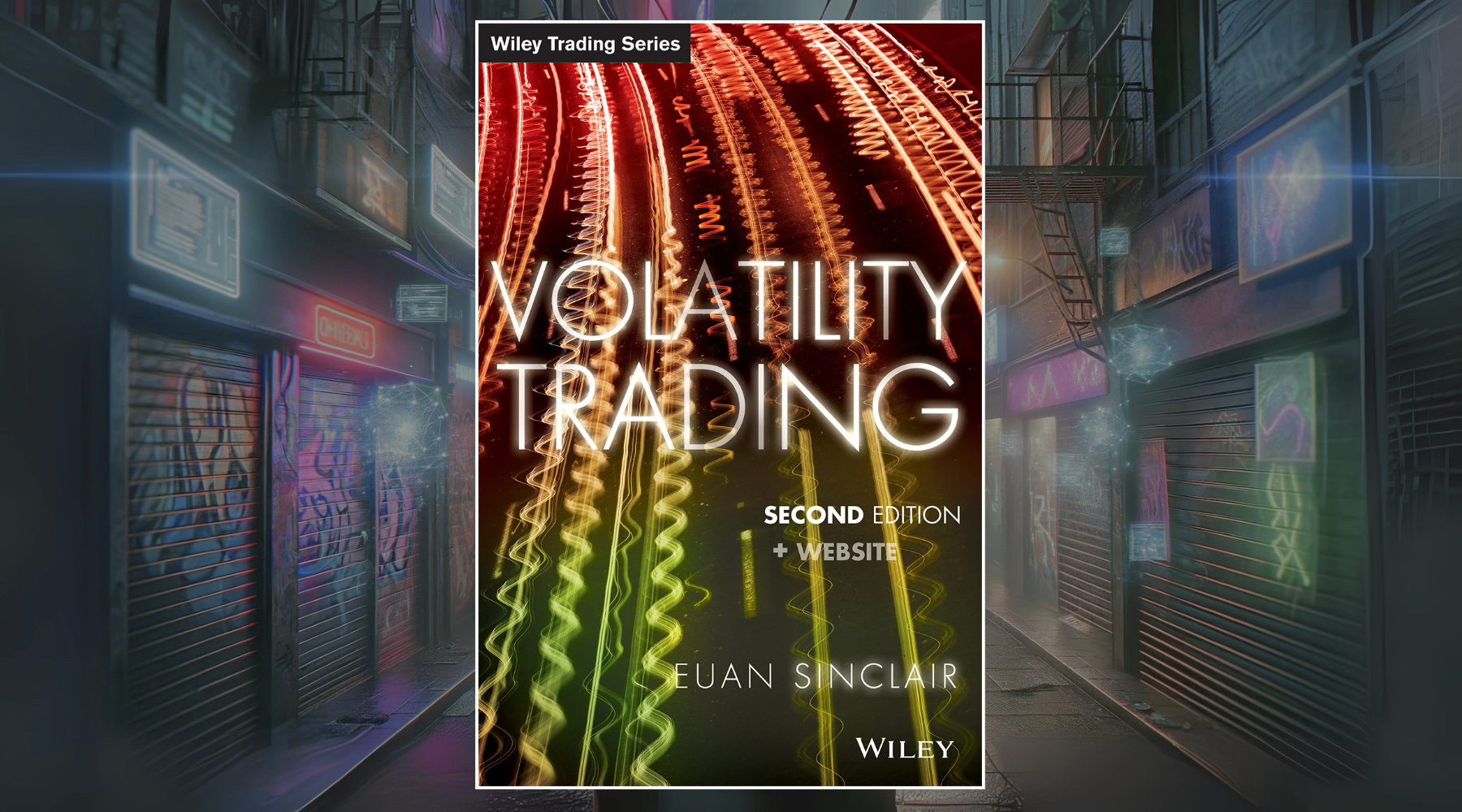Wash trading refers to the illegal practice of an investor simultaneously buying and selling the same or substantially identical security to create the false appearance of market activity and distort prices.
Key Points to Know About Wash Trading:
- Wash trading is illegal and violates securities laws and regulations. It is a form of market manipulation.
- It can involve collusion between traders and brokers or be conducted by a single trader using multiple accounts. The goal is to mislead other investors by artificially inflating trading volumes and prices.
- Wash trading is often used to manipulate prices of small cap or microcap stocks that have low liquidity and can be easily influenced. It can also occur with options, futures, or cryptocurrencies.
- Common wash trading tactics include rapidly buying and selling a security between accounts controlled by the same entity or coordinated trades between colluding parties. This creates the illusion of an active market.
- Wash trading undermines market integrity and fair price discovery. It can result in financial harm to unsuspecting investors who are misled. Regulators like the SEC actively prosecute wash trading.
- Investors should be wary of sudden spikes in trading volumes or prices of thinly-traded securities which may indicate wash trading. Focusing on larger cap, more liquid stocks can help avoid exposure.

What is wash trading and Why is it Problematic?
Wash trading refers to a deceptive and illegal trading practice in which a trader executes buy and sell orders simultaneously for the same financial instrument to manipulate markets. Essentially, wash traders are trading with themselves in order to create the artificial appearance of substantial market demand that can lure other participants into entering trades.
At its core, Wash trading generates volumes and volatility that are not real. By taking both sides of trades, wash traders give the illusion of liquidity and price movement when in fact one individual or colluding group is behind the activity. This market manipulation is extremely problematic because it:
- Distorts true supply and demand dynamics
- Obscures the real market volatility and volume
- Falsely signals to other traders that certain price levels are appropriate
- Allows wash traders to reap profits from their deception
- Compromises market transparency and integrity
The wash trader is hoping to influence other buyers and sellers by portraying market conditions that are detached from reality. These phantom trades in turn impact broader market activity as participants are misled into entering or exiting positions based on misperceptions. Thus, Wash trading jeopardizes efficient and equitable price discovery within financial markets.
Who Engages in wash trade and Why?
Wash trading is undertaken by traders seeking to manipulate markets for their benefit. Specific parties known to use wash trades include:
- Dishonest Individual Traders - Traders may create wash sales in hopes of triggering buying or selling pressure from other participants, allowing the wash trader to quickly close their position at a profit. They essentially aim to "fool" others into reacting to false signals.
- Market Makers - Occasionally, market makers might wash trade to portray stronger liquidity in their market that can attract other traders. More volume gives the appearance of a robust, active market.
- Fund Managers - Some fund managers have conducted wash trading to boost returns through fictional transactions, attempting to attract more investors assets under management.
- Brokers - Less scrupulous brokers potentially engage in wash trading to seem more competitive. By inflating their volume and activity through wash trades, brokers can posture as a preferable option relative to alternatives.
The unifying motive is plain dishonesty - parties see an opportunity to use deception to their advantage to generate profits or credibility. Ultimately, wash trading betrays principles of transparent and ethical participation in financial markets. The behavior squanders public trust in capital markets.
Regulators thus seek to eradicate wash trading through regulatory bans, surveillance, and harsh penalties on identified misconduct. Markets function best when activity emerges from legitimate underlying supply and demand rather than fabricated transactions.

Examples of 20 percent rule Schemes
To better understand wash trading in practice, examining real-world examples can illuminate the mechanics behind different schemes. Regulators have prosecuted various cases over the years that shed light on how illicit wash trading occurs:
- Fictitious Buy and Sell Orders - A common scheme involves traders entering matching buy and sell orders in rapid succession to simulate market interest, also known as "spoofing". The orders are never executed or cleared - they are immediately canceled. But other traders may detect the activity on order books before cancellation and initiate trades.
- Offshore Shell Accounts - Some wash trading utilizes accounts of offshore shell companies to buy and sell securities. The offshore entities serve as counterparties that give the appearance of valid transactions. Yet a single trader controls all accounts unbeknownst to outside observers.
- Automated Trading Algorithms - Algo wash trading entails programming a trading algorithm to initiate and cancel buy/sell orders automatically in fractions of a second. The speed and repetition aims to sway other algos to join the momentum.
- Collusion with Friendly Parties - Wash traders have recruited friendly or related parties to serve as their trade counterparties, obscuring that one entity drives both sides. Regulators watch for patterns suggestive of collusion.
Preventing biggest stock market dropss Through Detection and Deterrence
Given the incentives that still remain for wash trading, regulators and exchanges arm themselves with tools and rules to combat continued manipulation:
- Trade Surveillance Systems - Sophisticated AI monitors transactions in real-time to identify patterns emblematic of wash trades - like rapid entry/cancellations of matching orders or tightly correlated account activities. These systems automatically flag suspicious behaviors.
- Analytics Programs - Software suites analyze historical data to uncover telltale statistics suggestive of wash trading for further investigation. This includes volume spikes, tick data analyses, matching trade timestamps, etc.
- Whistleblower Protections - Exchanges encourage whistleblowing from industry insiders who may witness manipulation firsthand at their firms. Financial incentives and confidentiality protections afforded to whistleblowers can motivate reports.
- Stiff Penalties - Severe financial penalties for wash trading violations deter would-be manipulators. Fines now frequently run in the millions of dollars upon a guilty verdict along with bans from trading. Jail time is also possible for criminal convictions.
- Culture of Compliance - Firms cultivate cultures emphasizing ethical conduct and compliance. Training programs, ethics codes, incentives for reporting, and leadership set the tone for reducing abuses.
Conclusion
In summary, wash trading is an illegal form of market manipulation that distorts true supply and demand. Regulators aim to detect and deter such activities to ensure fair and efficient markets.







